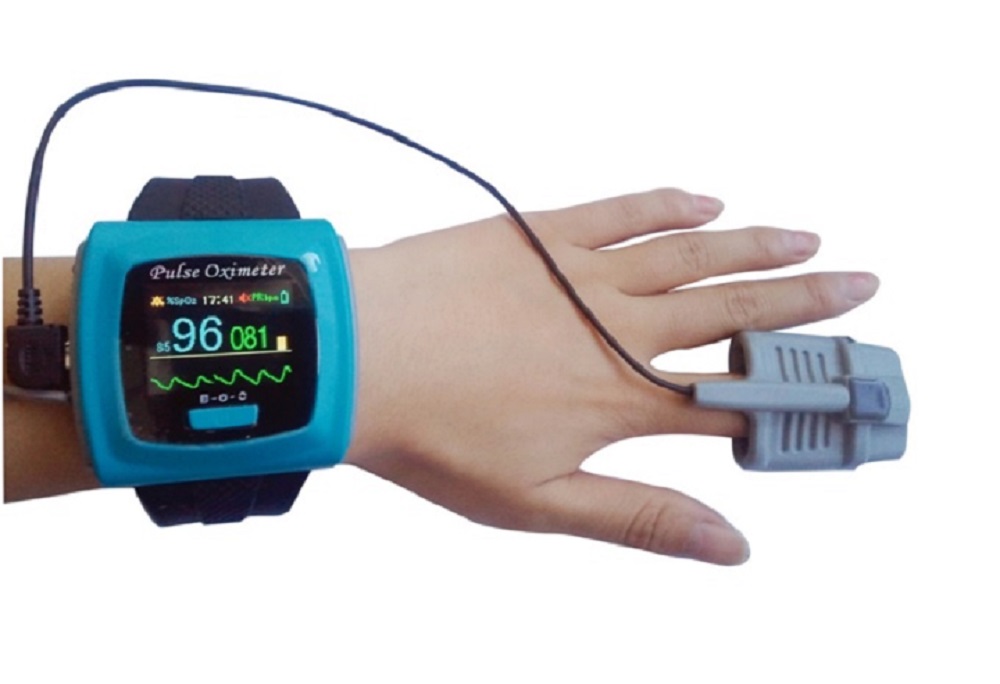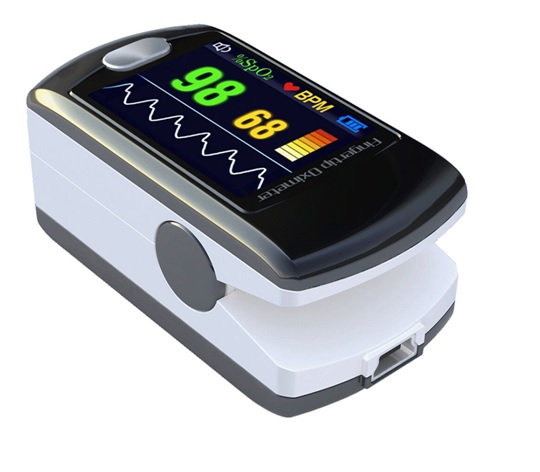Pulse Oximeters Using Bluetooth – How To Choose The Best One?
Are you familiar with the role of oxygen saturation? Well, in order for your organs to function perfectly, there is supposed to be enough oxygen in the red blood cells, which is distributed throughout the body.
Nevertheless, some people suffer from hypoxemia, referring to low blood oxygen levels. Consequently, these patients require continuous monitoring of the saturation levels by using a device called a pulse oximeter. These devices are available in numerous types, providing multiple features like alarm systems, warning lights, rechargeable batteries, and other useful functions.
The following tips will help you choose the right model.
Have a consultation with your doctor
The primary thing to do prior to purchasing a pulse oximeter is having a consultation with your doctor in order to suggest the best model for your medical condition. Based on your needs, your physician would either advise you to purchase a small, fingertip model or a wrist-worn one.
Moreover, if your medical condition requires round-the-clock monitoring of blood oxygen levels, a wrist-worn pulse oximeter would be the most suitable choice. These devices are the perfect alternative for people suffering from chronic conditions, such as asthma, pneumonia, and chronic obstructive pulmonary disease (COPD). Conversely, fingertip models are more convenient for periodical measurements. Read more about the multiple purposes and uses of pulse oximetry.
Select the right type
Despite performing the same function of measuring blood oxygen levels, there’re numerous types of pulse oximeters, each of them benefiting users differently. For instance, fingertip oximeters are undoubtedly the most popular variants, predominantly used by patients at home. These models have a probe, which is attached to the finger as well as a display to show the results.
Furthermore, handheld oximeters are believed to be more accurate than the fingertip models, thus being mainly used by hospitals, clinics, and medical centers. Apart from having a probe and a screen, these devices are also equipped with a cable, which connects the probe with the display.
Although handheld oximeters can be used for round-the-clock monitoring of oxygen saturation, the tabletop variants are considered to be more effective for this purpose. Due to their large size, tabletops are most suitable to be used in hospitals.
Additionally, wrist-worn pulse oximeters are believed to be ideal for constant monitoring in patients with chronic medical conditions. These models using wireless data transmission, such as the Masimo’s bluetooth pulse oximeter, come with software that allows doctors to track patients’ data on their computers. Naturally, the computers of caregivers are supposed to have built-in Bluetooth and wireless features in order for the monitoring to be successful. Otherwise, the results won’t appear on the computer screen.
Ultimately, fetal pulse oximeters are particularly designed for measuring blood oxygen levels in children, as standard devices are too large for their tiny fingers. Therefore, most of the fetal models can be attached to the head or the feet of kids, thus facilitating the pulse oximetry procedure.
Consider their features
Apart from being available in multiple types, pulse oximeters are equipped with an extensive range of features. High-end models are known for their high-tech features, while basic models have nothing but simple functions, such as measuring oxygen saturation and heart rate in users.
In order to provide greater accuracy, some models are armed with a warning light, which appears every time the procedure is obstructed by certain factors like wearing nail polish, exposure to sunlight, and sudden movements.
In addition, some devices are equipped with built-in alarm systems whose role is alerting patients in the case of abnormalities of their blood oxygen levels or heartbeat. The following link, https://www.medicalnewstoday.com/articles/321044, explains the normal blood oxygen levels as well as the symptoms and causes of their sudden reduction.
Moreover, battery life is of key importance when choosing the right model, particularly if you plan to purchase a device for continuous monitoring. Bear in mind that devices with rechargeable batteries are a better alternative for patients with chronic medical conditions, while the ones with standard batteries are more appropriate for periodical use.
Bottom line
When purchasing a pulse oximeter make sure you consult a doctor first.
It’s the right person to help you with the choice!
- Elevating Security Paradigms in Marketing: A Holistic Expedition - November 22, 2023
- Why CMMS Is Becoming A Critical Component In The Manufacturing Industry - August 7, 2023
- How Safety Standards for Autonomous Vehicles will Help Reduce Serious Car Accidents - July 29, 2023






